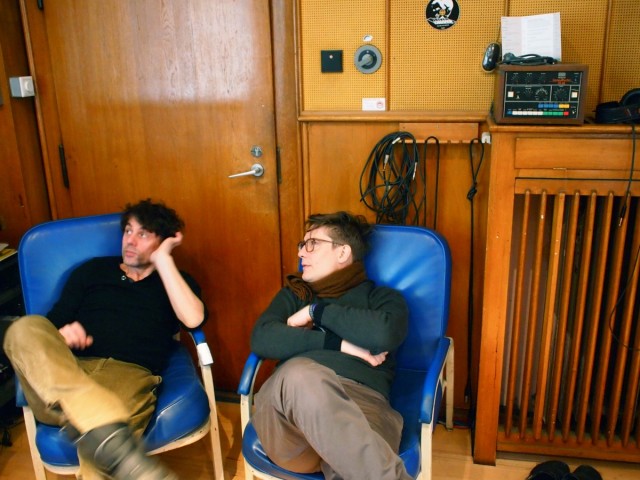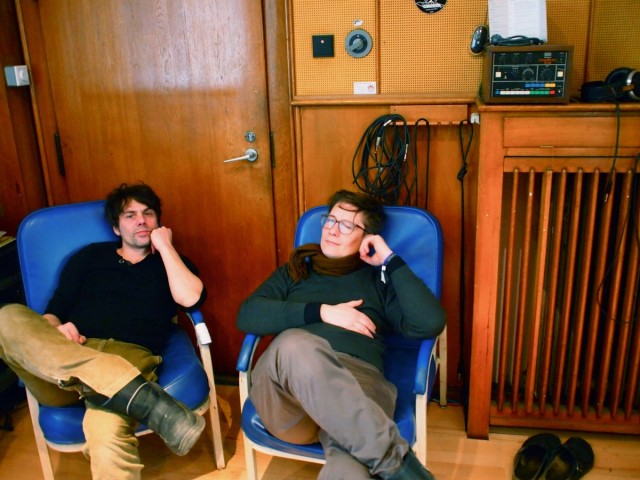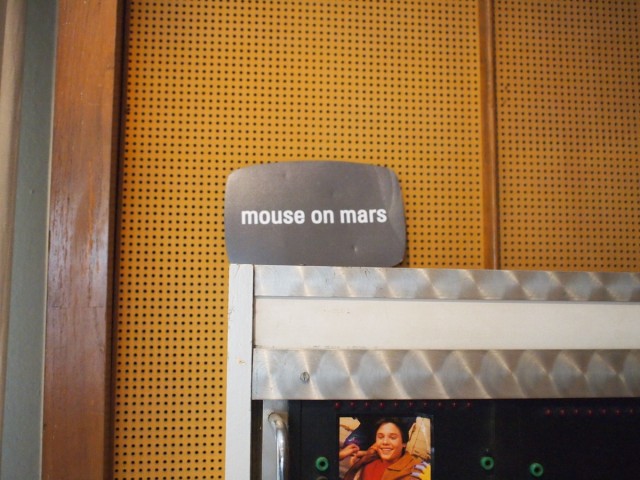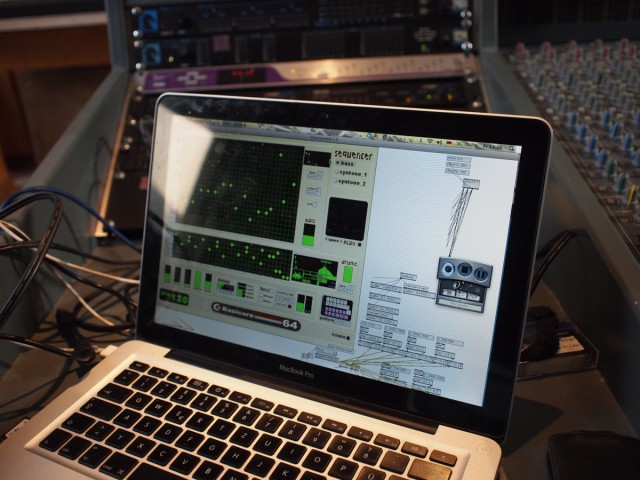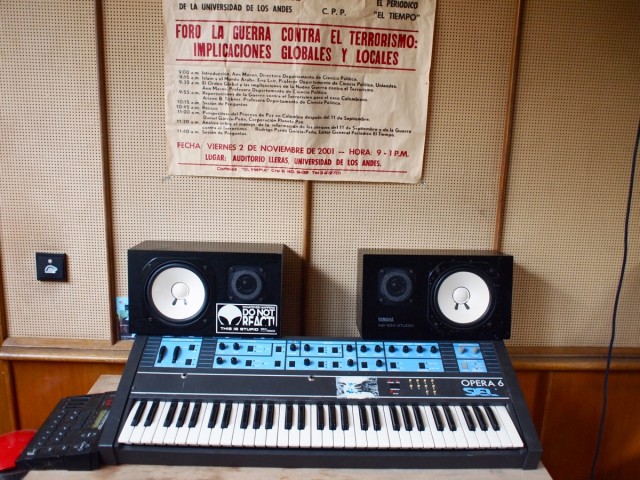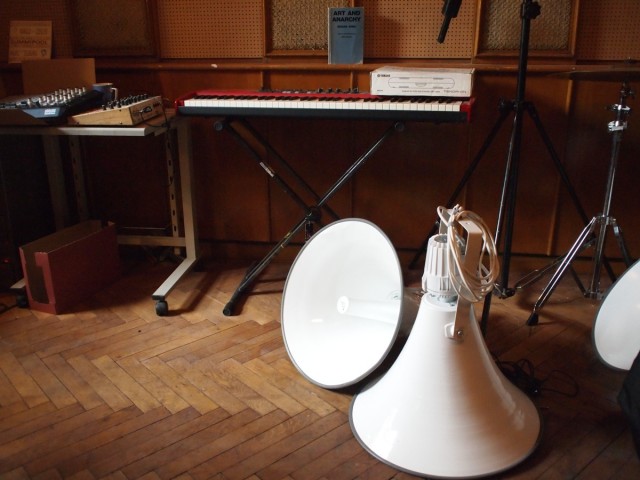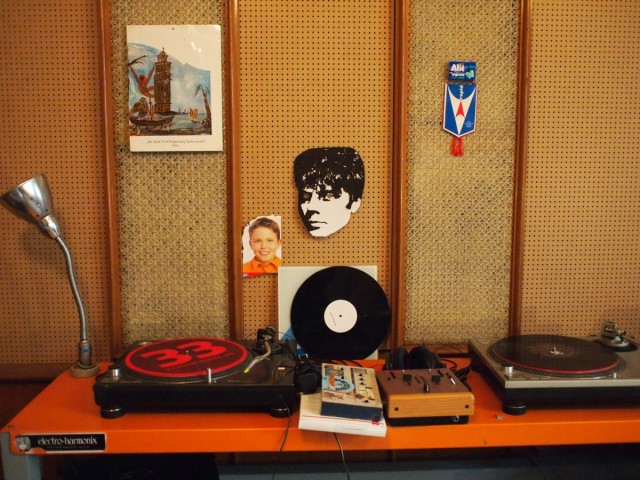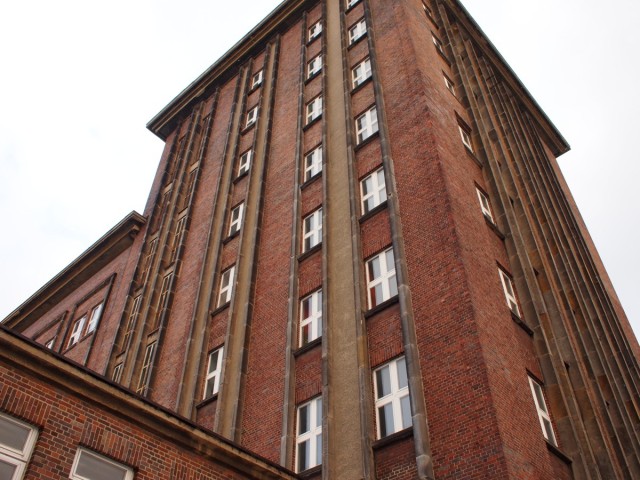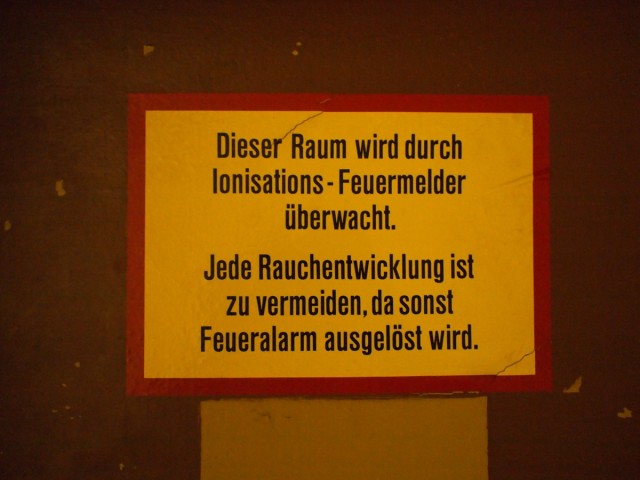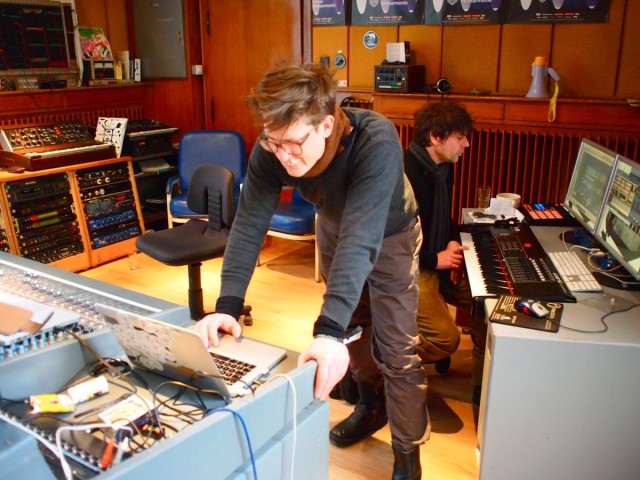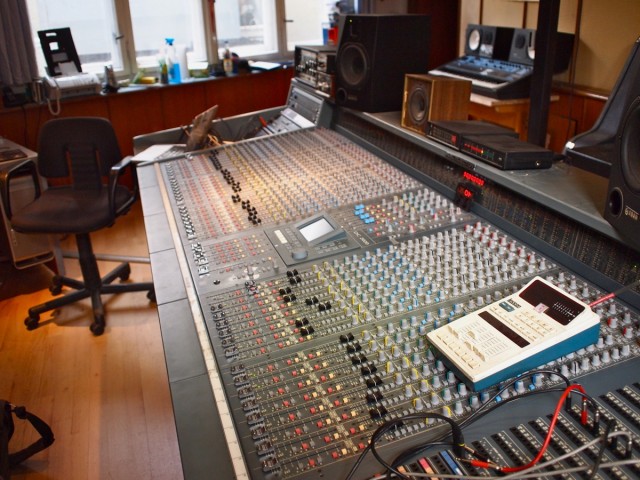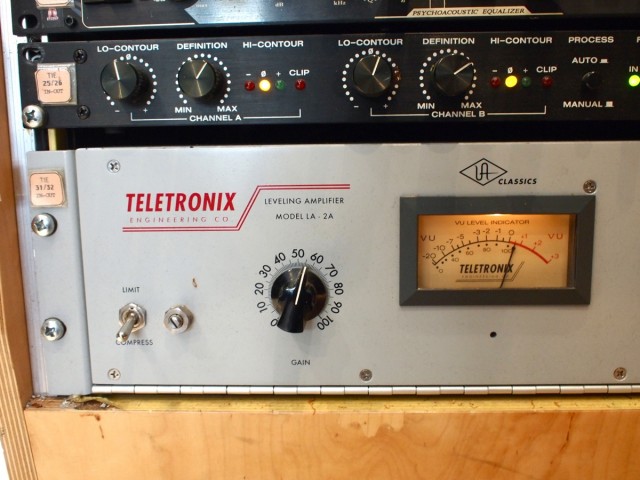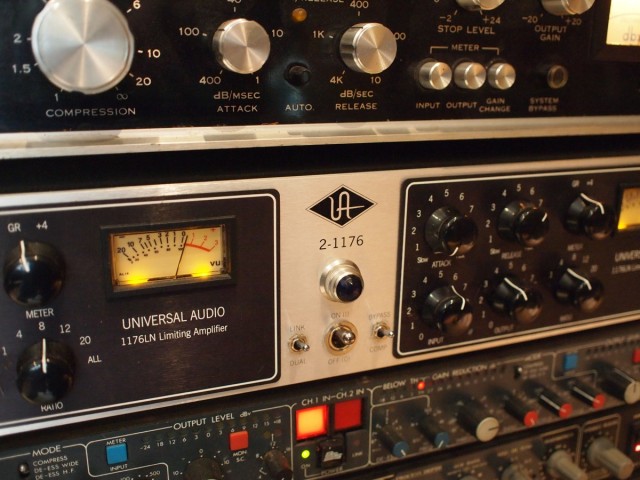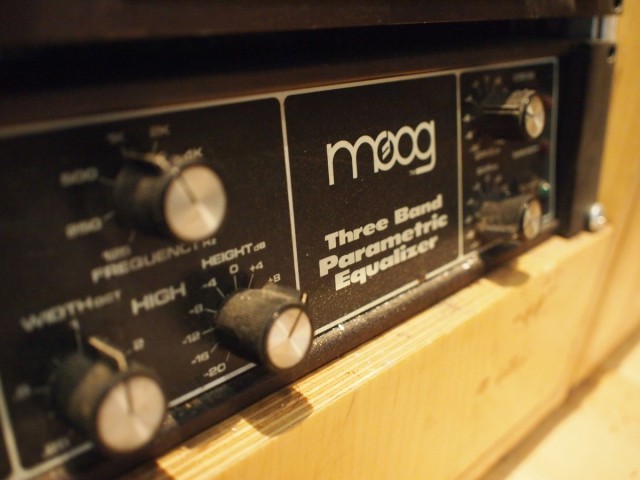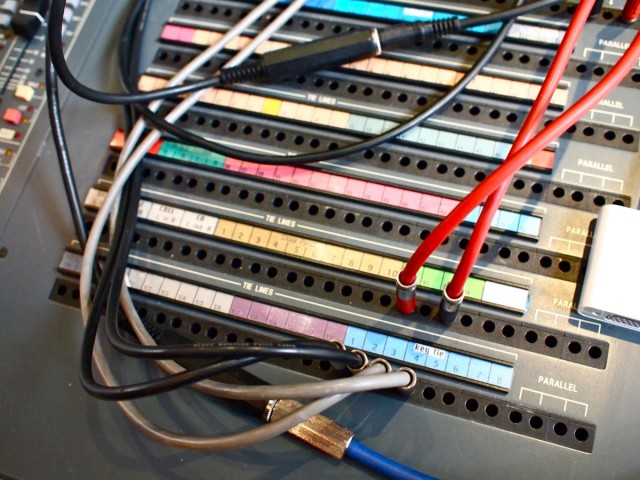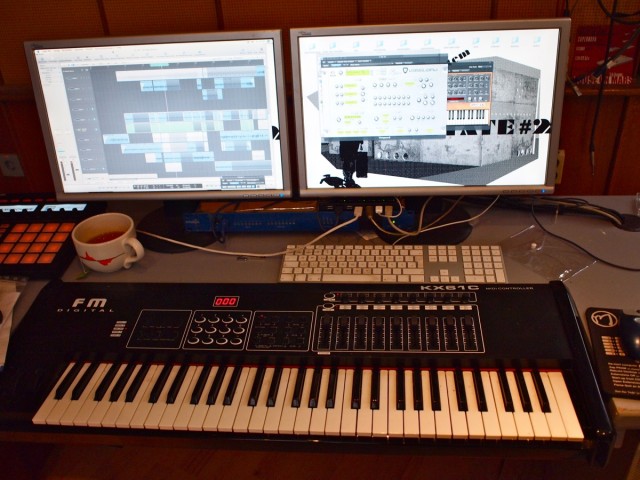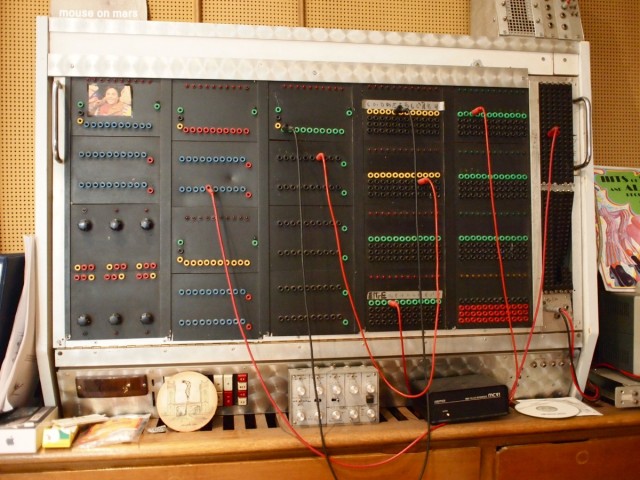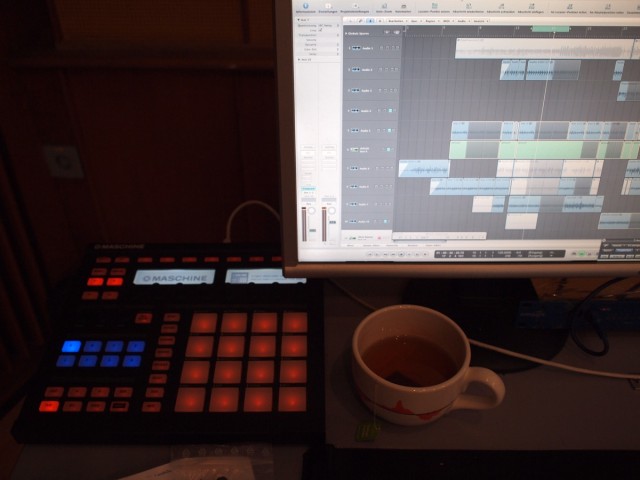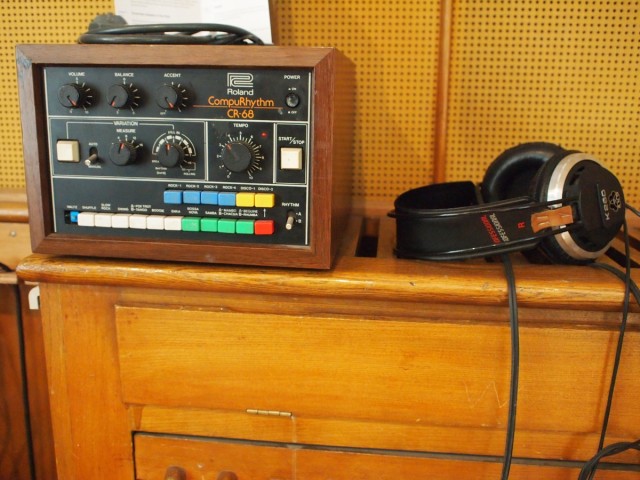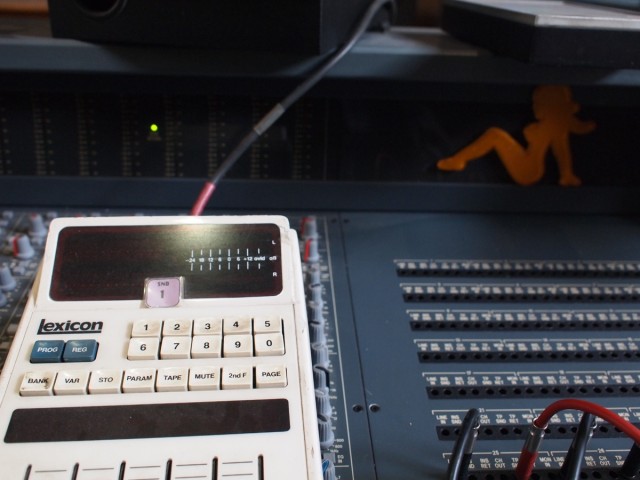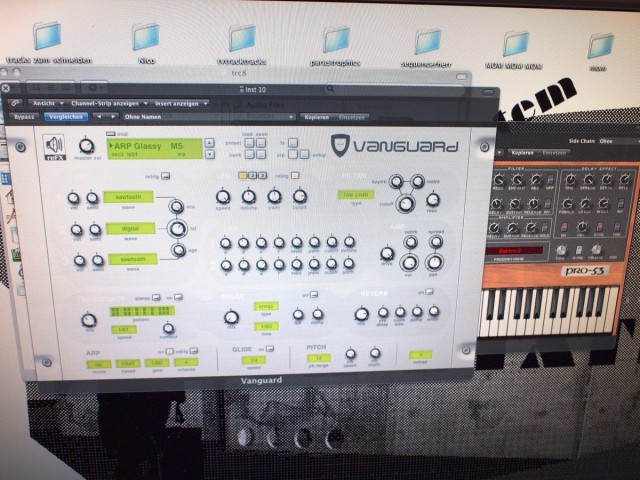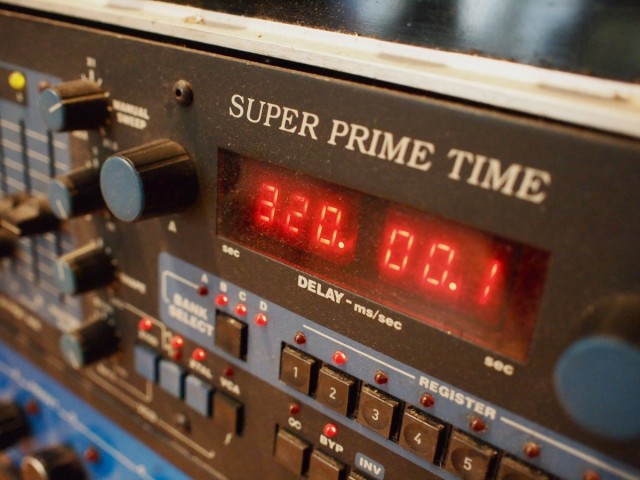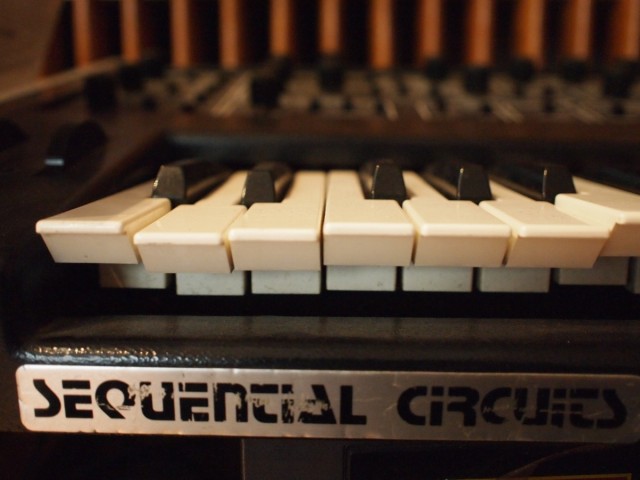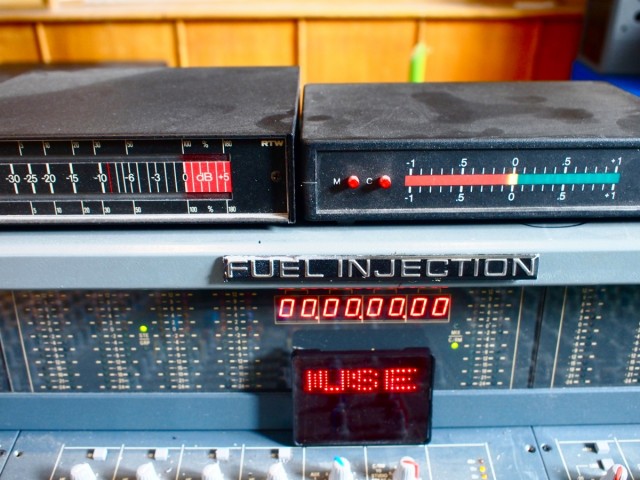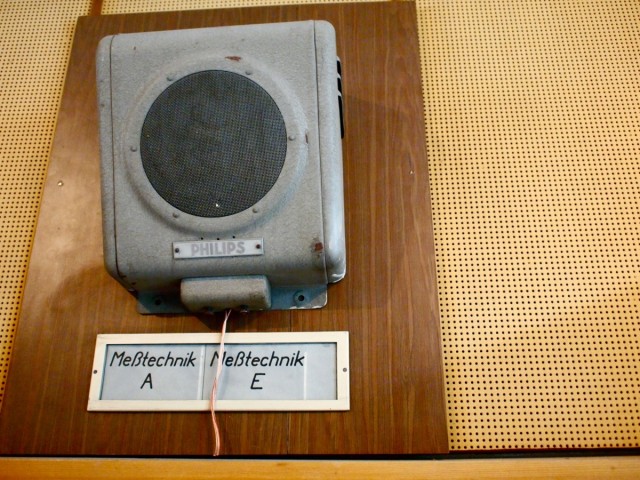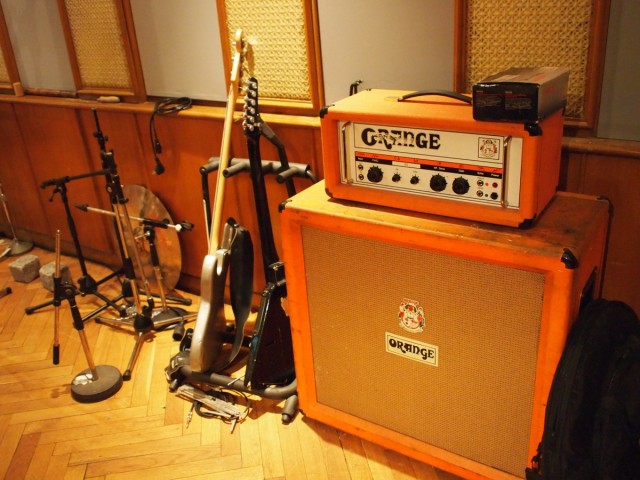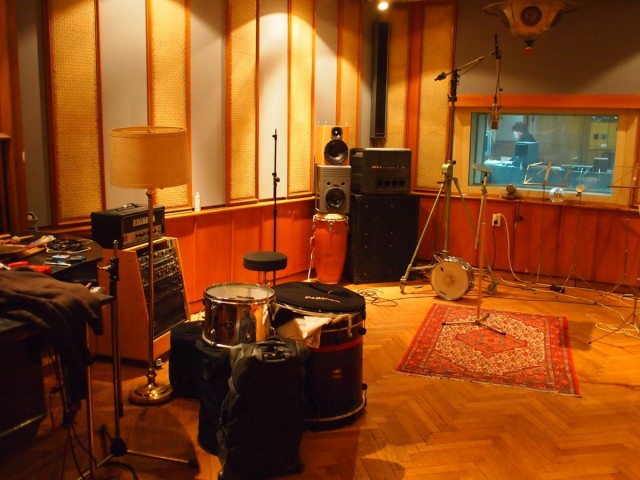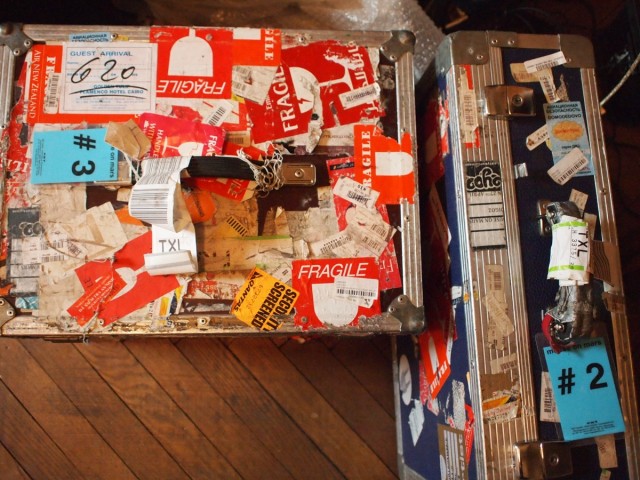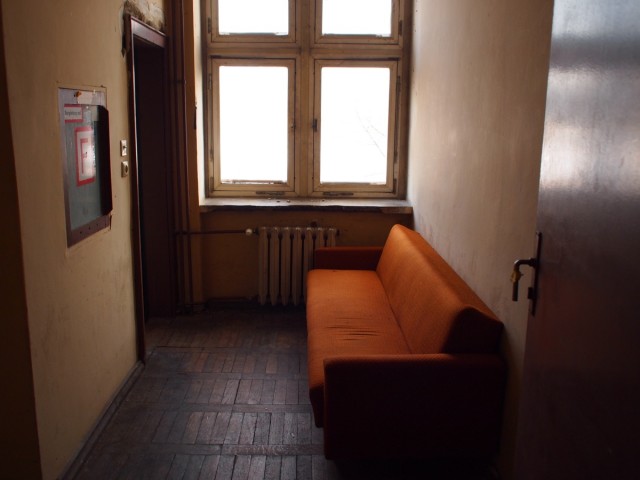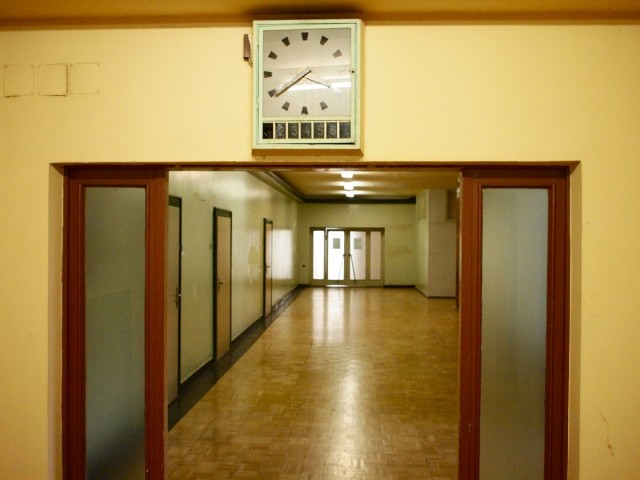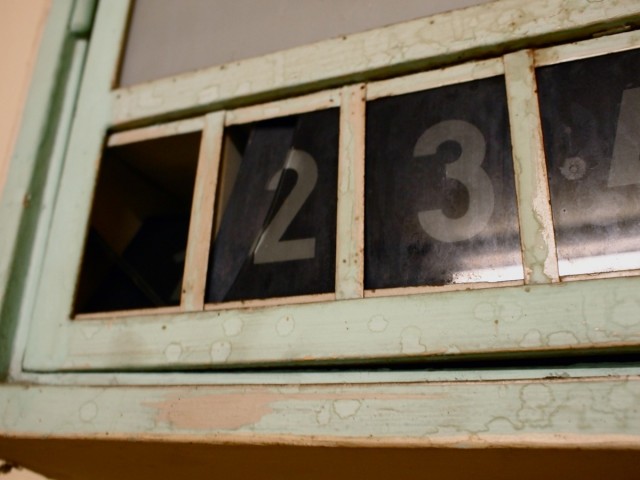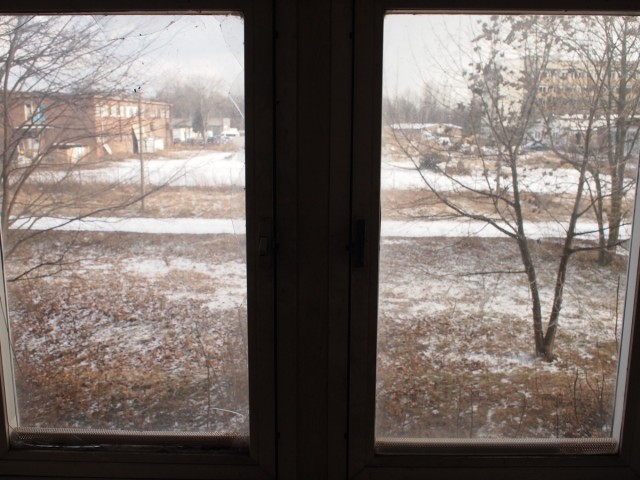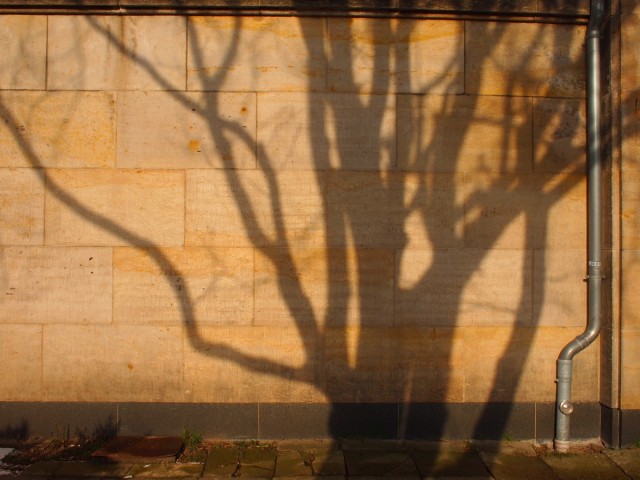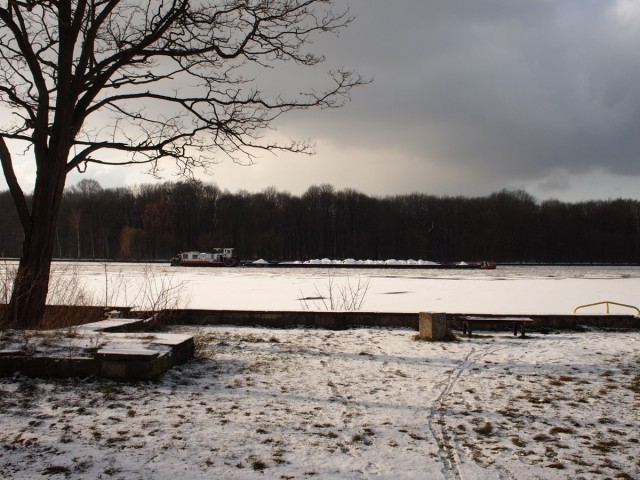Mouse on Mars’ Parastrophics for Monkeytown has been an early highlight of the year, a record packed with musical ideas in densely-configured arrays of sound. The duo is now taking that music on the road, in ambitious, improvisatory live performances.
Perhaps all of this can be summed up in one word: energy. Their studio and its arrangements of objects has an energy, an energy that’s present in the craft in the record. And talking to the artists, you get a sense of energy, of enthusiasm, crackling away like an amped-up oscillator.
It was therefore a pleasure to get to hear some of the thought and philosophy that produces all that musical energy. Jan Werner talks to CDM about how he and Mouse on Mars think about sound, melody, and the act of listening – and why he hopes people will find a way to listen to this record actively. I was glad to convince Jan to put this into written words, because they take on a dynamic of their own. I overuse the word poetic, but I find what he says poetic and provocative, in how I think of my music as well as his. And unlike a live interview, here those answers had some time to simmer.
It’s fitting to place those words amidst images of the workspace, their studio deep in Berlin’s Funkhaus facility. Against that backdrop, here’s what Jan has to say about music:
CDM: What does your studio setup, and all of this tactile, traditional hardware, mean in your music making? Obviously, sound is important, but apart from sound, what does it mean for you to be in that place and surrounded with those particular objects?
Jan: Our studio is very important to us, because it acts as a workspace as much as a hideout, an archive, and a rehearsal space. Still, we would pretend that we could make music anywhere and even without any electronic tools, if necessary. Maybe this gesture of personal freedom provides us with the artistic freedom to change things at any given
time, in any given direction, and be at ease with our complicated digital protheses.
We collected quite a bit of hardware over the years, too, without becoming collectors, and we are very keen on software applications, plug-ins, Max patches, etc. We like to use as many different sound sources as possible, and then go for the challenge of bringing all these elements together as one consistent idea of music.
You speak articulately about the idea of listening. What did listening mean in the making of the record? How would you like people to listen to the album – or how do you listen to music, when you wish to focus on it?
Listening can happen in any situation that allows your brain to adjust to acoustic sensations in a non-judgmental way. By non-judgmental, I mean taking the sounds for what they are, and not using them as vehicles for pre-set intentions. Also, active listening does not mean to identify and understand a sound’s origin, but to let the idea of what a sound can be in itself evolve to a possible maximum. This maximum of what a sound can become surely depends on your experience, attention, interest, ambition, fantasy, physical condition, etc.
We’re all limited and skilled at the same time, and that’s what makes a difference in how sound appears to us. You could say that ideal listening would be listening without prejudices and even without expectations. But here, a paradox kicks in, because without any preparation or expectation, you might not even be aware of listening to something. Music is a great tool to avoid this paradox, because it attracts a listener’s attention, draws the focus away from the purely physical origin of a sound, but opens up to a vast field of references and emotional and rational responses.
Music, as such, has no purpose, and does not make sense other than offering more or less appealing arrangements of frequencies. The problem is that this definition, which lies within the nature of music, can easily be covered by propagandistic intentions, coming in the form of lyrics, performances, visual stimulations, etc. Blindfolding is not the answer, because all our senses take part in making sense of listening.
I got to see your live performance at Berghain, though admittedly, being in the back of the space I could only listen and couldn’t always see. What I felt was a sense of fresh energy, that this was indeed something new and spontaneous. How are you adapting the studio album to live performance? What elements do you maintain live, versus those that must be prepared in advance? What did you find as you tried that in that first performance?
Each concert is different, and we usually pretend that we don’t care about an upcoming performance as much as we consider all of them to be our first ever performances.
Berghain went well, because the setting up during the day was relaxed, the crew was great, the sound was superb and the atmosphere in the room was concentrated. We also premiered our new visual show, which our long-time friend Karl Kliem had put together, and we were glad that it worked out well.
During a show, we play parts that we’ve rehearsed in the studio. We throw in samples and pre-recorded elements, but also sample on the spot, and use each other as sound sources. Most of the sounds are synthetic and use software to produce and manipulate sound. We play and modulate synthetic sequences a lot, use plug-ins to manipulate and shred sounds or song elements, and add new and unexpected elements on the fly. We also use the drum kit to trigger sounds, use microphones and analog effects and hardware samplers. All in all, it’s more than we can handle at once, which sometimes stresses us out or makes the sound more dense than it needs to be.
How do you approach melodic gesture in your music? There’s much discussion of rhythm in your music, but to me there’s also almost a sense of polyphony across textures, a sense of depth that requires listening on more than one level. How did you assemble this in the composition and production of the music?
There are always various timelines across one song or album. Some sounds appear only once, others repeat and get manipulated throughout the course of a song with every reappearance indicating a rhythmic idea. We try to avoid a strict hierarchy between melody and rhythm, and consider one being as important as the other. That means that a melody can have a strong rhythmic character as much as rhythm can have a predominantly atmospheric or harmonic (balancing?) quality.
Sometimes a melody might stretch over the course of a whole song, so only if you time-stretch the track, you would get the full melodic phrase. Maybe it’s the continuously-changing distance towards a song, like you would quickly twist the zoom of a camera, which makes fun for us. Or, maybe, it’s rather a discontinuously-changing focus, because we allow ourselves to slow down and even suddenly stop the movement as much as we cut elements so fast that they seem to skip. Music for us is a play on time and spacial tension. You can add layers along time as much as you can stack them in depth. And coming back to melody vs. rhythm: there is a blurred border, where one becomes the other, and we have great interest in strolling around this wasteland.
And more from inside and around the Funkhaus on a wintry, Prussian afternoon.
